 I opened the I Ching at random this morning and came up with #38, K’uei / Opposition. The commentary says it is common for two opposites to exist together, needing to find relationship. I realize an opposition is being set up just in the act of writing my memoir Drop Out: my inner writer will be observing everything I do closely and recording what she finds valuable. I’m reminded of a review of Journey into the Dark: The Tunnel by William Gass that appeared in The New York Times Book Review: (more…)
I opened the I Ching at random this morning and came up with #38, K’uei / Opposition. The commentary says it is common for two opposites to exist together, needing to find relationship. I realize an opposition is being set up just in the act of writing my memoir Drop Out: my inner writer will be observing everything I do closely and recording what she finds valuable. I’m reminded of a review of Journey into the Dark: The Tunnel by William Gass that appeared in The New York Times Book Review: (more…)
Waterton-Glacier International Peace Park

Most people know that the Taj Majal, The Great Barrier Reef, and the Egyptian Pyramids are World Heritage Sites. Few know that Waterton-Glacier International Peace Park, the world’s first International Peace Park (it occupies 1,584 square miles in northwestern Montana on the southern border of Alberta and British Columbia) joined this elite group in 1995.
In the early 1900s, Louis Hill, President of the Great Northern Railway, recognized that Glacier offered astonishing beauty and drama. In an attempt to lure travelers from the Swiss and French Alps, he built Many Glacier Lodge and the Prince of Wales Hotel, modeled after Swiss chalets, now both National Historical sites. “See America first” was his motto.
A few years ago my husband and I took this advice and made a road trip from San Francisco to Glacier. We were so impressed, we followed it up with a second visit a couple of years later so we could see the rest of the park. But even today, relatively few people know about this amazing American treasure. Fewer still have visited it.
* * *
After paying the park ranger at West Glacier our entry fee, good for seven days, we opened the car windows, drinking in the heady smell of pine, cedar, and other coniferous trees. We stopped first at Lake MacDonald Lodge for lunch, also built in the early 1900’s, most of the original logs intact. The place captures the spirit of Glacier, unpretentious in its western decor, but offering gracious facilities and living in the midst of wilderness. Manicured grass slopes down to the water, guests sitting and strolling, all of us slipping back in time to the late nineteenth century when this park first was established.
After lunch we began the most amazing 52 mile stretch we’ve driven, the “Going-to-the-Sun Road.” We started out following the shore of Lake McDonald, a deep cerulean blue, not the cloudy aqua of glacier lakes, the Rocky Mountains towering on each side of the road. They combine the stark ruggedness of Yosemite’s peaks with the Alps’ grandeur and sheerness, lush with evergreens, the tree line high.
For the next two hours, we got high on mile after mile of breathtaking scenery: rivers and streams meandering through meadows in deep canyons; falls; lakes; and, of course, the constantly changing peaks, sculptural shapes amazing in their variety. The every-changing light and cumulus clouds further defined them.
Fifty small glaciers (a huge mass of ice slowly flowing over a land mass, formed from compacted snow in an area where snow accumulation exceeds melting and sublimation) “dot the mountain peaks.” According to the National Parks website, “The mountains and valleys were further sculpted by huge rivers of ice, or glaciers, that have now melted, creating the many lakes and streams in the park.” Over 100 species of animals inhabit the area, and it’s the only park that still has all its predators.
Each bend of the road opens up a new vista. Built in 1933, the road itself is a miracle in construction and has to be rediscovered each April. Dynamite blasts the snowdrifts, revealing the narrow two-lane track. To help preserve the road, and for safety, campers and other vehicles longer than 21 feet and wider than eight feet are prohibited.
The original (1936-39) historic red motor coaches with roll-back canvas tops pick up riders at Lake MacDonald Lodge, a good way to see the park, making frequent stops for photographs and viewing (there’s a fee for these tours that varies, depending on the destination). A round trip in these coaches takes about four hours, allowing for a leisurely pace.
Everywhere in the park we’re reminded of the aboriginals’ presence. They originally made paths through these forests and wrestled with the elements, mountains named in their memory—Painted Teepee, Chief Two Guns, and Red Eagle just three that commemorate them.
During our first visit, we stopped at St. Mary Lake (a cruise leaves several times a day, which is true of all the major lakes in the Park). At 2:00 PM we boarded the larger of the two boats, both filling but never feeling crowded. As we headed out on St. Mary, our nature guide—an American born East Indian named Sanjay—warned us that a fall into the lake could be deadly. The water is so cold—42 degrees Fahrenheit—that hypothermia sets in immediately, numbing the body and preventing you from saving yourself. Wearing a life vest will not necessarily rescue you here.
After hearing his comments about how hostile this wilderness is (fifty percent of new-born animals don’t make it past the first year), I understood better the relationship between Beauty and Death, how one seems to be contained in the other, what some of the Romantics understood. (In his poem “Sunday Morning,” Wallace Stevens says that death is the mother of beauty.)
We chose the cruise that includes a two-hour hike to St. Mary Falls, and we docked at Baring Falls. The walk gave us a chance to view up close the great variety of flora and fauna here—Indian Paintbrush, bear grass, honeysuckle, spruce, fir, wildflowers, thimble berry. Most interesting was Sanjay’s talk on lichen, the source of soil and the basis of all life in the park. Half way to the falls, Sanjay stopped us, pointing to some overturned rocks and marks in the earth: “Black bear looking for insects.”
All twenty-one of us stood there, quietly observing the markings, looking cautiously over our shoulders. Black bears and grizzlies are everywhere in the Park. Sanjay told us what to do if we ran into a bear on a trail: stand sideways with knees bent; don’t look into the bear’s eyes; don’t run.
Later, we stopped at St. Mary Lodge, at the end of Going-to-the-Sun Road. It has a pleasant ambiance, the exterior resembling a massive log cabin. The St. Mary Lodge dining room, the Snowgoose Grille, features Montana buffalo steaks, pastas, fresh St. Mary Lake whitefish, sourdough scones, and homemade Huckleberry desserts. We ordered wine and appetizers, the waitress recommending buffalo tongue served with scones and a creamy horseradish sauce. It was delicious.
We continued on to Many Glacier Lodge where we had reservations, eager to view this part of the Park. The Lodge, which has over 200 rooms and was built in 1915, retains its Old World charm. Resembling a Swish Chalet, yellow trim like icing on the chocolate surface, it faces several mountain peaks and sits on Swiftcurrent Lake. Many of the rooms have lake views and small balconies.
The Lodge—a rambling, rustic structure with touches of elegance (special containers of shampoo and moisturizer in the rooms; white tablecloths and silver in the Ptarmigan Dining Room)—seems a mixture of youth hostel (Glacier Park Inc. hires numerous youth from all over the United States and Canada each summer), summer camp, and hotel.
Most of the rooms are small. Plumbing is old. There’s not much insulation so soundproofing isn’t terrific. But the place takes you back in time. The rusticity matches the ambiance, and you feel intimately involved with the natural surroundings.
On the main floor, several sitting areas offer splendid views and comfortable places to read or play games. The ceiling of the main lobby soars into skylights that light up the very large lounge, featuring a huge circular fireplace in the center. The staff lights a fire there in the morning and evening. Some of them also put on a musical revue each night—a cabaret.
Those who choose the Park for their summer work tend to be adventure seekers. Our bellman overflowed with stories of his experiences in the Park. He’d watched a grizzly kill a moose calf with one blow. On another occasion, he was out in a canoe with a female friend, videotaping a grizzly they’d spotted on the shore. The grizzly saw them, dove into the water, and started swimming after the boat. He paddled furiously, and, luckily, the bear stopped once the canoers were out of his territory.
On another day, the bellman was out on a trail with a couple of friends when they suddenly ran into a bull moose. They’d just come around a bend, and the moose was standing there, facing them. Moose kill more people than bears do, striking out with their hooves. In this case, the trail was narrow and the only way forward was around the animal; he wasn’t budging.
Finally, they got up enough nerve to try passing the moose, holding their backpacks over their heads so they’d appear bigger and more threatening. It worked.
On our first afternoon at Many Glacier, we saw our own grizzly—but at a safe distance. From the deck of the Lodge, we watched three bears, two black and one grizzly, spread out over a nearby slope, digging for food.
My husband ran to the car for our binoculars, and we watched two of the black bears on their hind legs. They were either dancing, playing, or fighting.
That was as close as I wanted to get to them.
The next day, the bears were still up there, grazing. When I rode my bike along the road below the slope where we’d seen them, I speeded up. However, if one had chased me, I probably couldn’t have outdistanced it. They can travel up to 35 mph.
Still, the concern about bears needs to be put into perspective. Lightning strikes much more frequently than bears do. But when they attack a hiker or camper, the media blow it out of proportion and stir our worst fears. Don’t let the danger keep you from experiencing this great Park, but do exercise caution and common sense. If you are afraid, you still can enjoy the Park from your car and the Lodges.
We ended our tour of Glacier at the Prince of Wales in Waterton. One of the most stunning locations for a hotel, it perches on a promontory overlooking Waterton Lake. The lake itself creates a spectacular pathway between the mountains.
Unlike Many Glacier Lodge, which makes you feel part of nature, the Prince of Wales is more removed—and much more civilized. If you stay there, you’ll experience Waterton’s beauty, but at a greater distance, unless you hike or bike some of the trails (Waterton has more biking paths than any of the other areas of the Park).
If you do decide to stay at the Prince of Wales, a room with a lake view makes the high rates tolerable. Though pricey, it’s worth at least a one-night stay.
We decided against trying dinner at the Prince of Wales since we already had been disappointed with the Many Glacier dining room and the same corporation manages both places. The food at Many Glacier had been poorly prepared (my husband had pasta swimming in what tasted like canned marinara sauce; I tried a spinach salad that was equally bad), and we didn’t want to pay huge sums at the Prince of Wales for a disappointing dinner. Instead, we ate pasta in the cute village of Waterton.
In fact, our one major disappointment in Glacier was the overall poor quality of meals we experienced in the Glacier Park Managed hotels. When you’re a captive audience and paying high rates for a room, you expect better.
But these are minor complaints. The Park itself makes up for anything lacking in the accommodations, and there’s much to explore at Glacier beyond what I’ve mentioned here. Lake Sherburne and Two Medicine Lake have cruises (as does Lake MacDonald). For those who like to hike the backcountry, 1,000 miles of trails exist. If you prefer the safety of walking with a group (apparently, bears seem less likely to attack if there are more than four or five people gathered), the rangers lead several different hikes at designated times each day.
One that we’ll save for another visit leaves from the Bertha Trailhead in Waterton Lakes National park at 10 AM. A 8.5 mile walk over terrain that isn’t difficult, it ends in a boat cruise that returns the hikers to Waterton National Park, after crossing into the U.S.
Glacier Park offers a place where humans and animals can co-exist in nature’s splendor. Real wilderness, it reminds us of how fragile civilization is and how much effort it took to shape it.
Pen-L Press will be publishing my novel Fling in 2015. A wildly comic romp on mothers, daughters, art, and death, the book should appeal to a broad range of readers. While the main characters are middle-aged and older, their zest for life would draw readers of all ages, male or female, attracting the youthful adventurer in most people. Though women may identify more readily with Feather and Bubbles’ daughter and mother struggles, the heart of the book is how they approach their aging selves and are open to new experiences. Since art and imagination are key to this narrative, artists of all ages would find something to enjoy. And because the book crosses many borders (Scotland, Canada, the U.S., and Mexico), it also can’t be limited to a specific age group, social class, gender, or region.
My first fan letter for Fling came from an 80 year-old woman who lives in the tiny village of Christina Lake, B.C. My son, who also lives there, had given her my manuscript to read. She said, “I just wanted to express to you how very much I enjoyed your writing. I started it and didn’t stop till I had read it all. I very much like your style and your subtle humor. Thank you for a most enjoyable read. I can’t understand why it hasn’t been scooped up by some publisher. But I know that it will be. In my estimation I know that it is excellent literary work. I am a voracious reader and have been since grade 4. I remember my first book was Tom Sawyer and I have never stopped since then. I go through 4 to 5 books a week. We are so fortunate here at the Lake now. The Library staff in Grand Forks come out here every Wednesday. I have become very fond of the young lady who comes out. She provides me with all the award winning books and orders others for me. Again I want to express to you how very much I enjoyed your manuscript. Have patience my dear….it will be published to wide acclaim I am so sure.” —Joan Fornelli.
Here is a synopsis:
Feather, an aging hippie, returns to her Calgary home to help her mother, Bubbles, celebrate her 90th birthday. Bubbles has received mail from the dead letter office in Mexico City, asking her to pick up her mother’s ashes, left there seventy years earlier and only now surfacing. Bubbles’ mother, Scottish by birth, had died in Mexico in the late 1920s after taking off with a married man and abandoning her husband and kids.
A woman with a mission, and still vigorous, Bubbles convinces a reluctant Feather to take her to Mexico so she can recover the ashes and give her mother a proper burial. Both women have recently shed husbands and have a secondary agenda: they’d like a little action. And they get it.
Alternating narratives weave together Feather and Bubbles’ odyssey with their colorful Scottish ancestors, creating a family tapestry. The “now” thread presents the two women as they travel south from Canada to San Francisco and then Mexico, covering a span of about six months. “Now” and “then” merge in Mexico when Bubbles’ long-dead mother, grandmother, and grandfather turn up, enlivening the narrative with their antics.
In Mexico, the land where reality and magic co-exist, Feather gets a new sense of her mother. The Indian villagers mistake Bubbles for a well-known rain goddess, praying for her to bring rain so their land will thrive again. Feather, who’s been seeking “The Goddess” for years, eventually realizes what she’s overlooked.
Meanwhile, Bubbles’ quest for her mother’s ashes (and a new man) has increased her zest for life. A shrewd business woman (she’s raised chickens, sold her crafts, taken in bizarre boarders, and has a sure-fire system for winning at bingo and lotteries), she’s certain she’s found the fountain of youth at a mineral springs outside San Miguel de Allende; she’s determined to bottle the water and sell it.
But gambling is her first love, and unlike most women her age, fun-loving Bubbles takes risks, believing she’s immortal. Unlike her daughter, Bubbles doesn’t hold back in any way, eating heartily, lusting after strangers, her youthful spirit and innocence convincing readers that they’ve found the fountain of youth themselves in this character. At ninety, she comes into her own, coming to age, proving it’s never too late to fulfill one’s dreams.
Fling, a meditation on death, mothers and daughters, and art, suggests that the fountain of youth is the imagination, and this is what they all discover in Mexico. It’s what Bubbles wants to bottle, but she doesn’t need to. She embodies it. The whole family does.
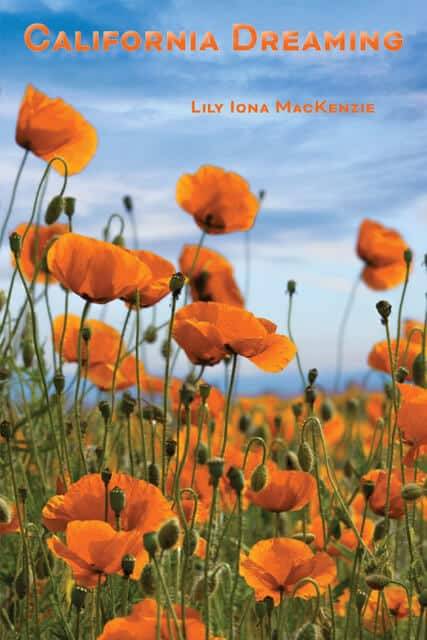
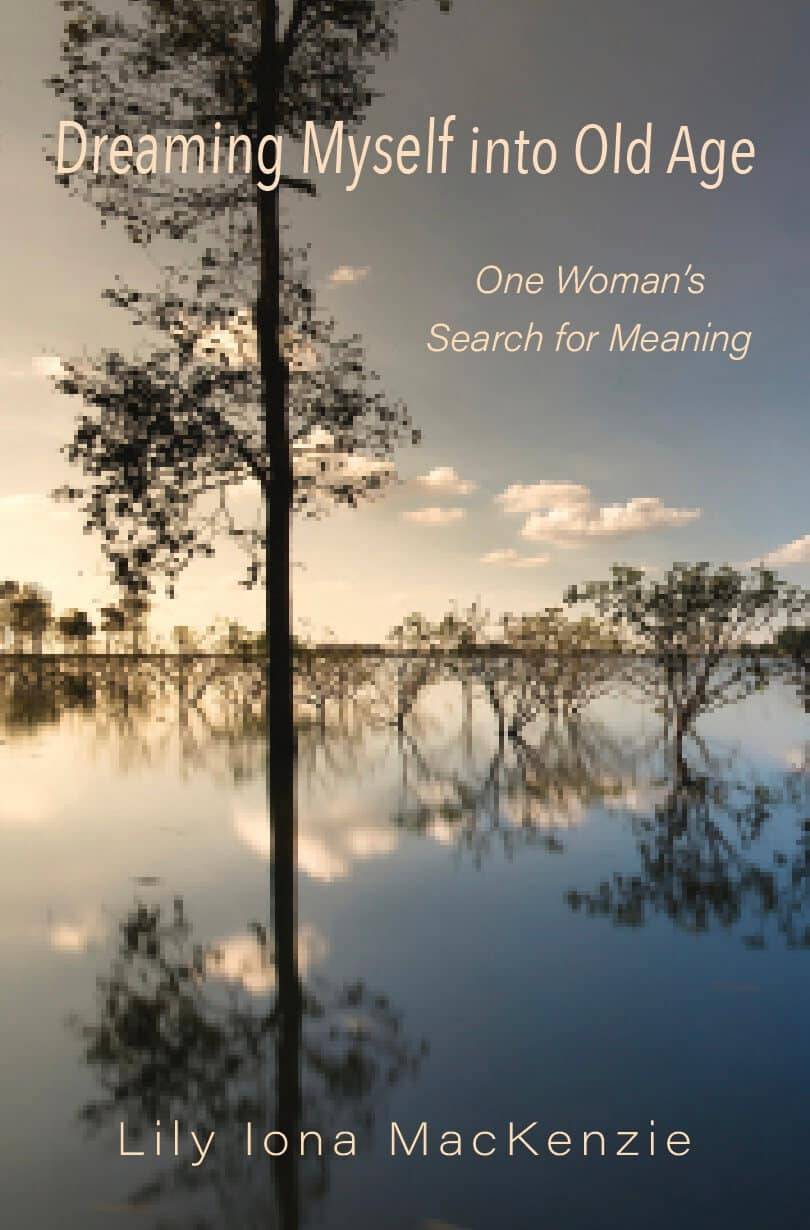
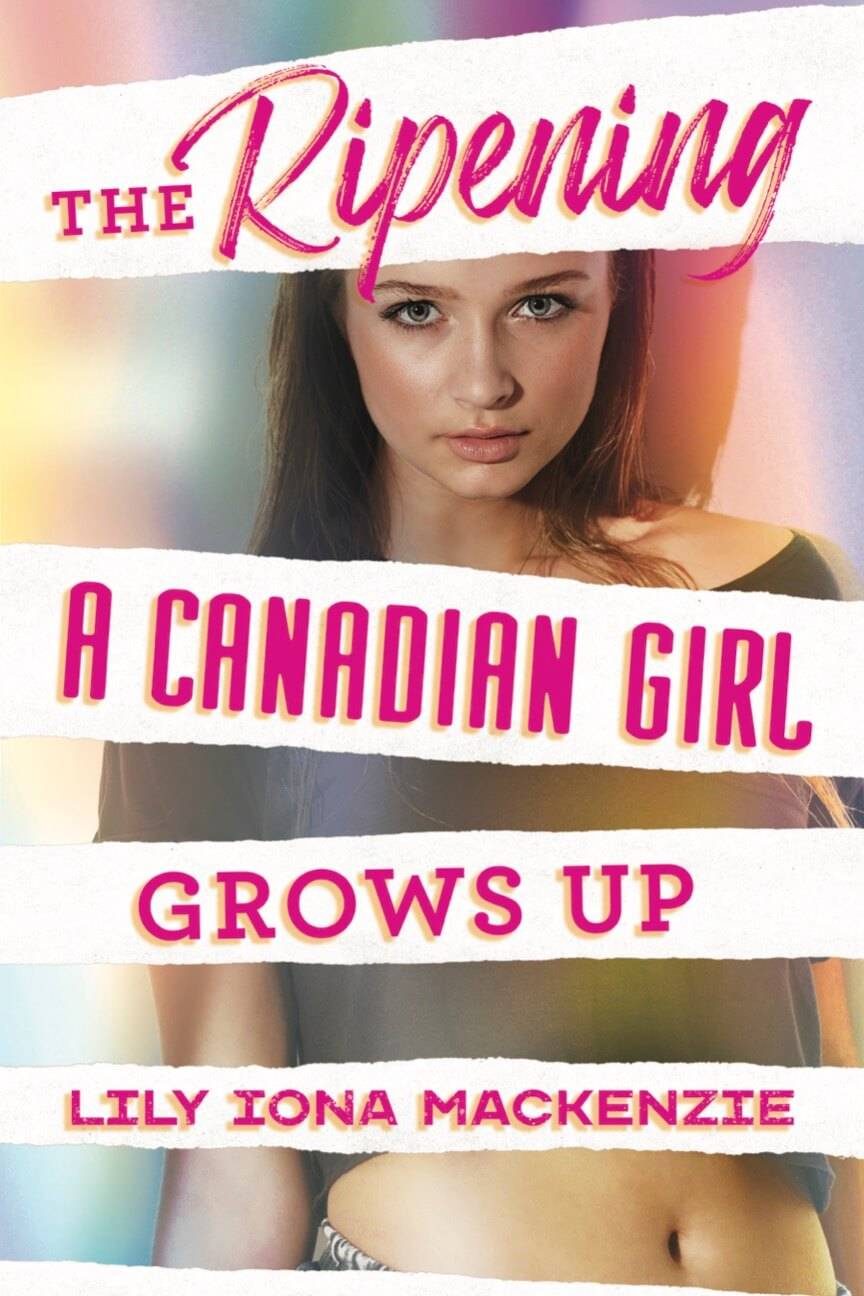

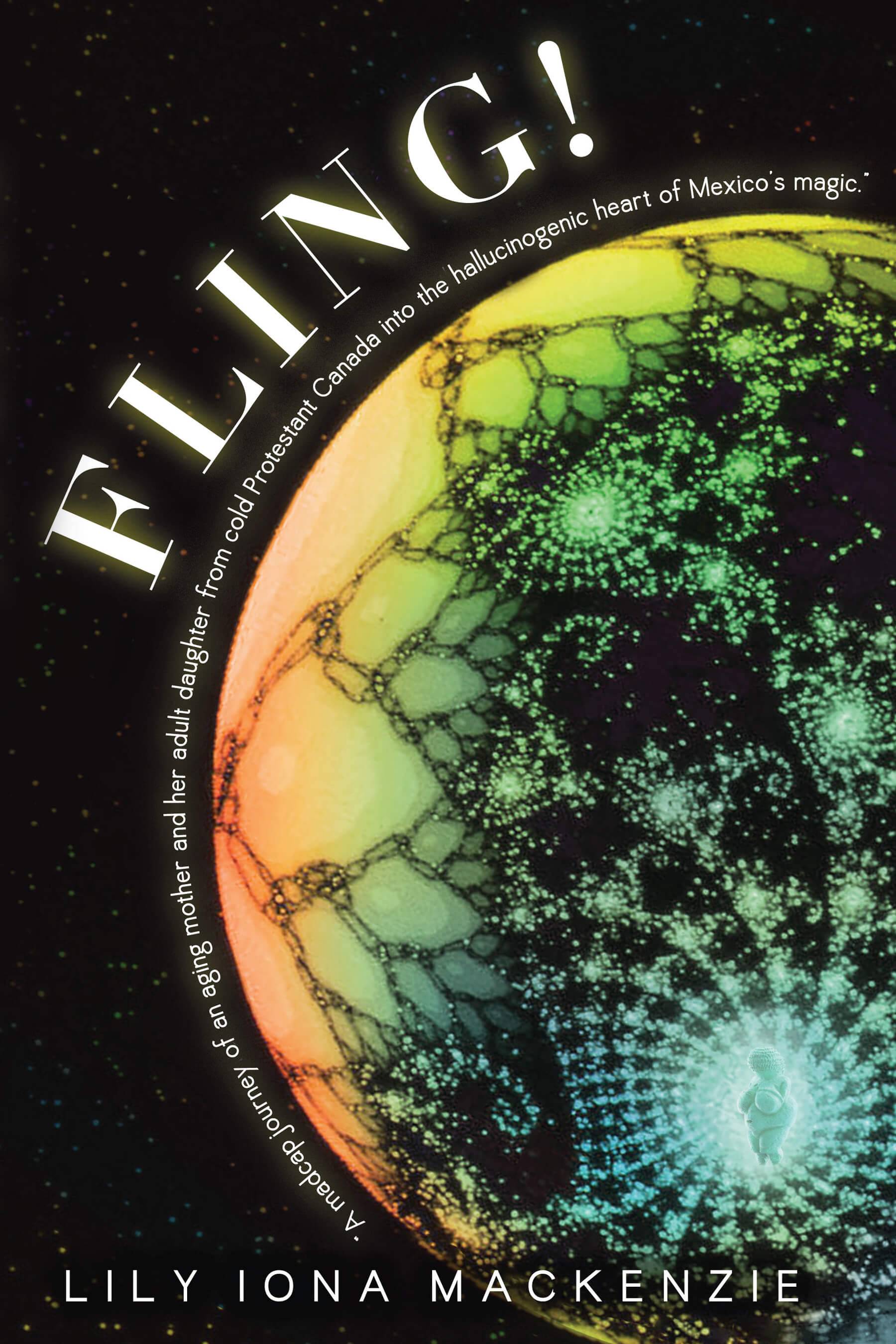





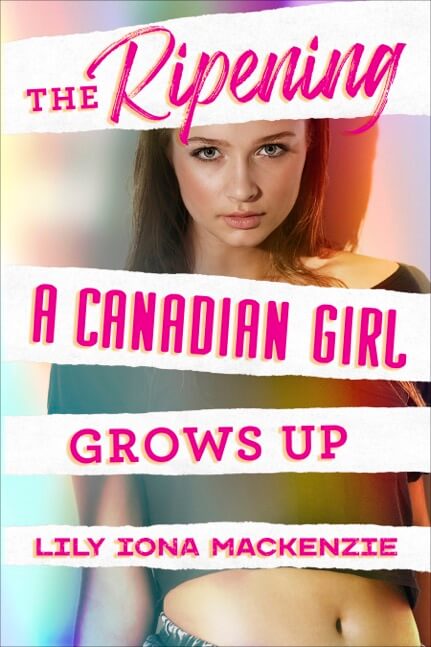
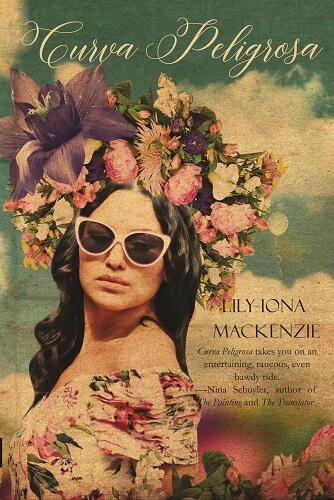
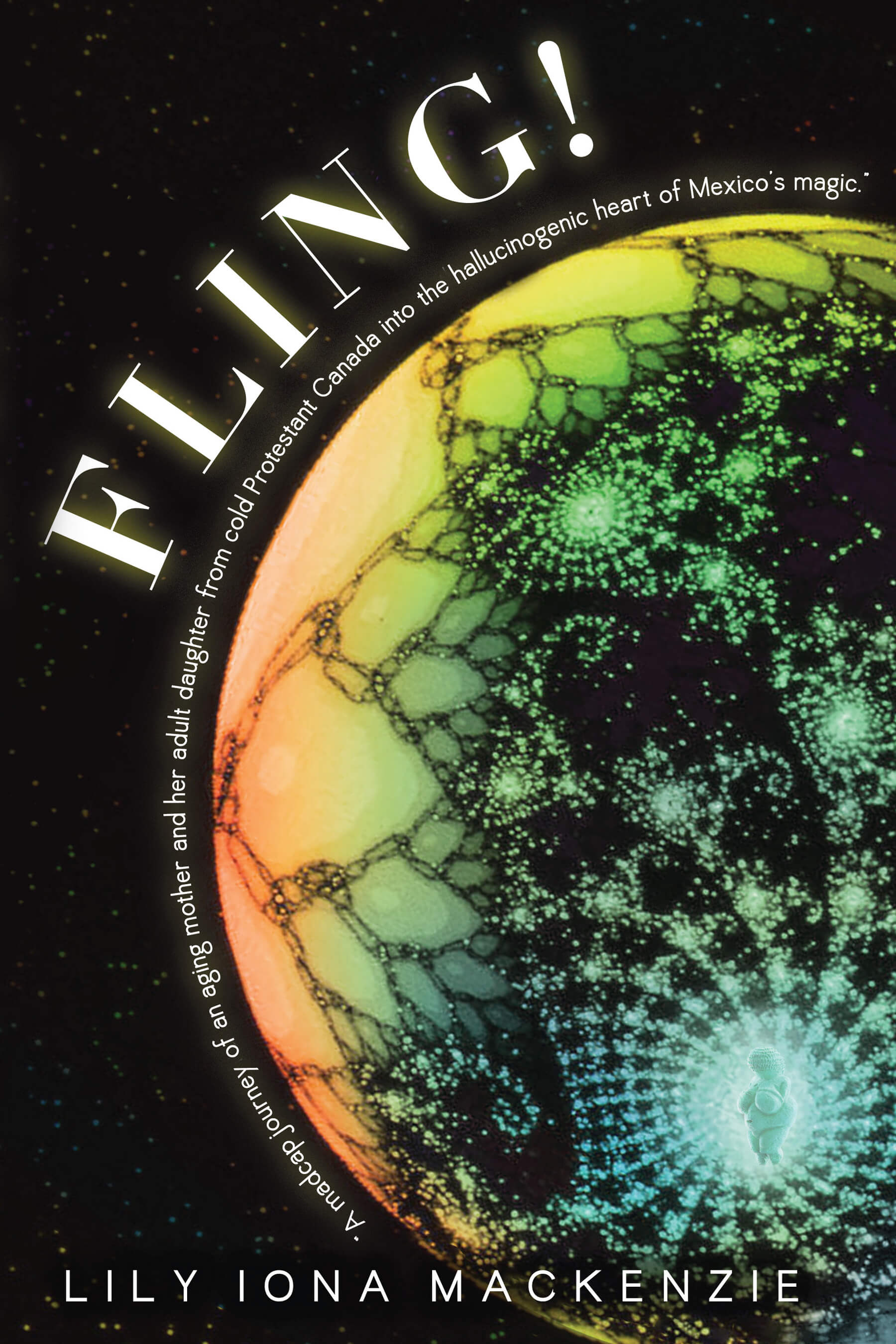
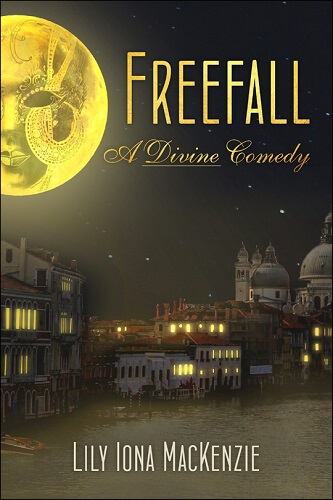
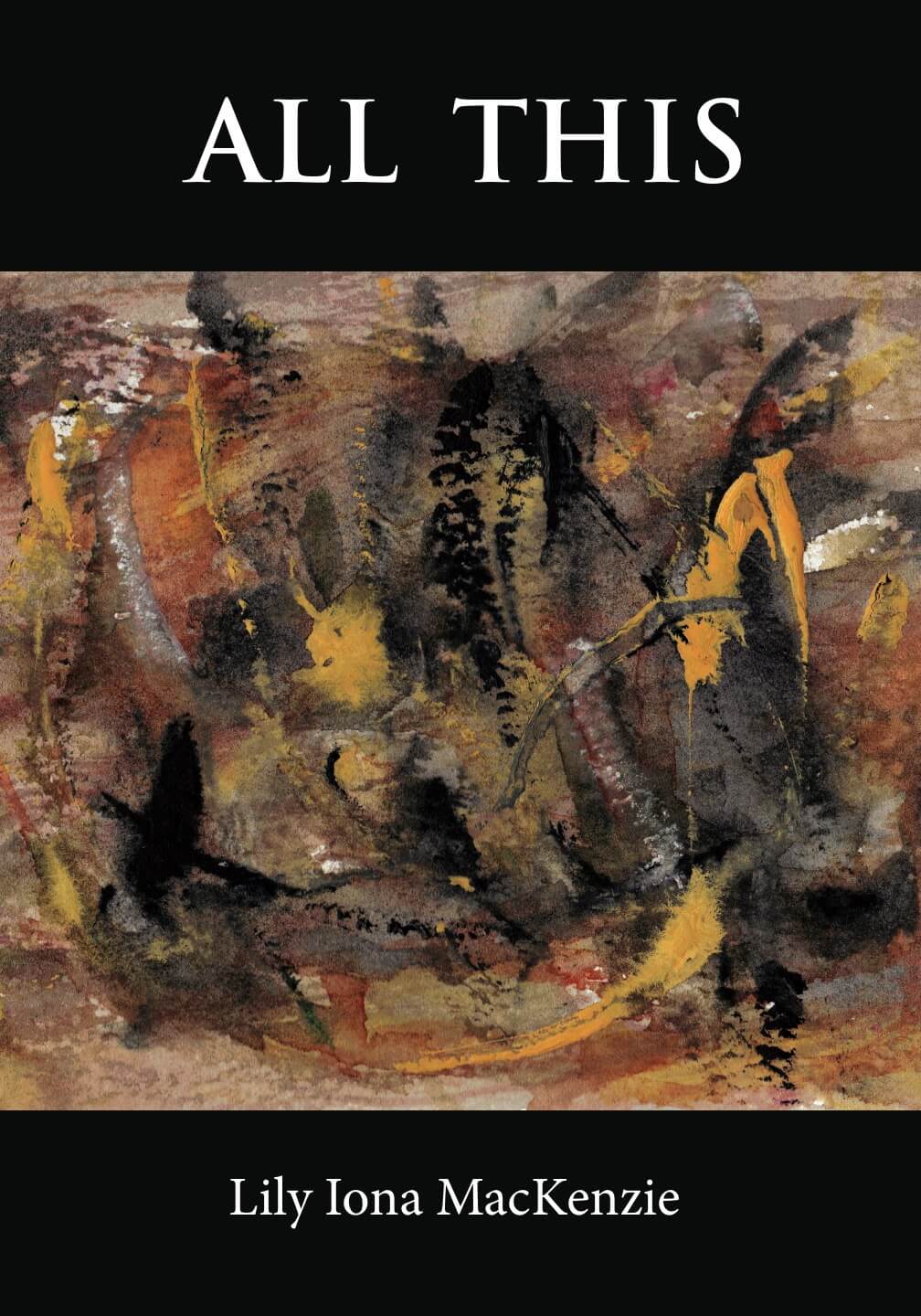
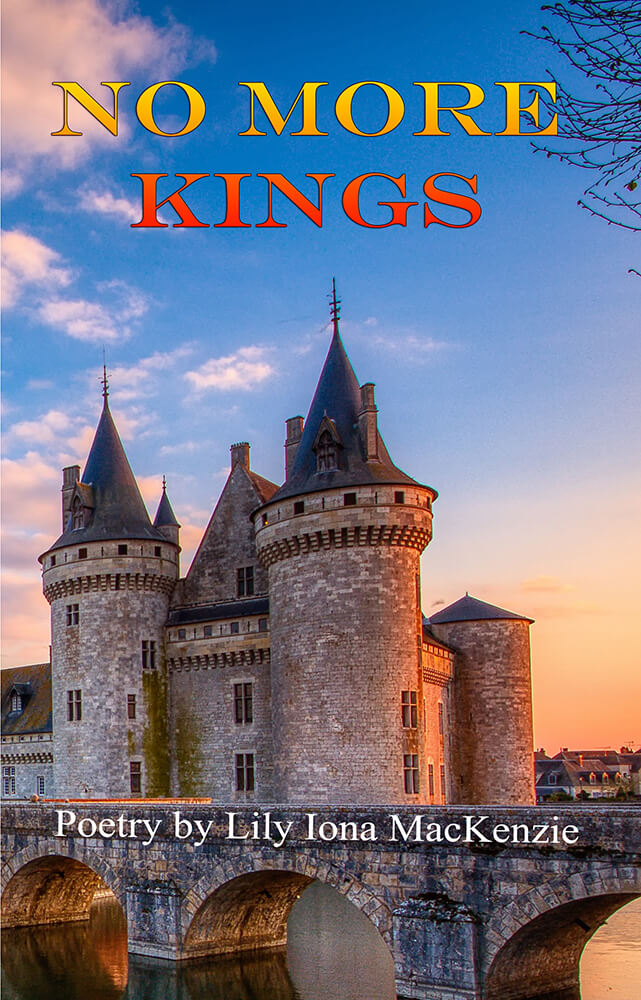
 “Writing is like prostitution. First you do it for the love of it, then you do it for a few friends, and finally you do it for money.” —Molière
“Writing is like prostitution. First you do it for the love of it, then you do it for a few friends, and finally you do it for money.” —Molière In addition to writing adult fiction and non-fiction, I also create pieces for children. Today, I tried to start a children’s story of a girl sleeping in an elegant dollhouse based on a dream image that has stayed with me. But after a few sentences, I felt extremely critical of what I had written. I had to stop. For now. Let it breathe, I said to myself. Let the criticalness soften—fall away.
In addition to writing adult fiction and non-fiction, I also create pieces for children. Today, I tried to start a children’s story of a girl sleeping in an elegant dollhouse based on a dream image that has stayed with me. But after a few sentences, I felt extremely critical of what I had written. I had to stop. For now. Let it breathe, I said to myself. Let the criticalness soften—fall away.  At a recent poetry reading I gave, I was asked if I wrote for a particular ideal reader, something I hadn’t given much thought to. So here is my response to that question, though I’m sure other writers will approach it differently.
At a recent poetry reading I gave, I was asked if I wrote for a particular ideal reader, something I hadn’t given much thought to. So here is my response to that question, though I’m sure other writers will approach it differently.  Ellen Birkett Morris is the author of
Ellen Birkett Morris is the author of  Mimi Herman is the author of The Kudzu Queen, A Field Guide to Human Emotions, and Logophilia. Her novel The Kudzu Queen was selected by The North Carolina Center for the Book for the 2023 Library of Congress “Great Reads from Great Places” program and longlisted for the Center for Fiction First Novel Prize. Her writing has appeared in LitHub, Michigan Quarterly Review, Shenandoah, Crab Orchard Review and many other journals. Mimi is a member of the Board of Directors for the Association of Writers & Writing Programs, a Kennedy Center Teaching Artist, a Warren Wilson MFA alumna, and a Hermitage Artist Retreat Fellow. She directs weeklong Writeaways writing workshops in France, Italy, Ireland, New Mexico and online. For more information visit her at
Mimi Herman is the author of The Kudzu Queen, A Field Guide to Human Emotions, and Logophilia. Her novel The Kudzu Queen was selected by The North Carolina Center for the Book for the 2023 Library of Congress “Great Reads from Great Places” program and longlisted for the Center for Fiction First Novel Prize. Her writing has appeared in LitHub, Michigan Quarterly Review, Shenandoah, Crab Orchard Review and many other journals. Mimi is a member of the Board of Directors for the Association of Writers & Writing Programs, a Kennedy Center Teaching Artist, a Warren Wilson MFA alumna, and a Hermitage Artist Retreat Fellow. She directs weeklong Writeaways writing workshops in France, Italy, Ireland, New Mexico and online. For more information visit her at  writing isn’t going well, and I need to create order somewhere, even if it’s not appearing on the page. I’m an overachiever, so the problem with housekeeping and me is that I’ll start out cleaning the bathtub, and end up replacing the plumbing. As for personal hygiene, you’ll be relieved to know that I tend to keep that up pretty well, no matter how the writing is going.
writing isn’t going well, and I need to create order somewhere, even if it’s not appearing on the page. I’m an overachiever, so the problem with housekeeping and me is that I’ll start out cleaning the bathtub, and end up replacing the plumbing. As for personal hygiene, you’ll be relieved to know that I tend to keep that up pretty well, no matter how the writing is going. One of the best things about being a writer is that you can take your work with you no matter where you go. Of course, this is true now for lots of jobs because of Zoom and the internet and the acceptance of hybrid work. But a writer has always been a
One of the best things about being a writer is that you can take your work with you no matter where you go. Of course, this is true now for lots of jobs because of Zoom and the internet and the acceptance of hybrid work. But a writer has always been a I recently read the book Words as Eggs by Jungian analyst Russell Lockhart. The idea for the work, and the chapter from which the title comes, originated in one of Lockhart’s dreams. A voice in his dream said “Do you not know that words are eggs, that words carry life, that words give birth?” (92).
I recently read the book Words as Eggs by Jungian analyst Russell Lockhart. The idea for the work, and the chapter from which the title comes, originated in one of Lockhart’s dreams. A voice in his dream said “Do you not know that words are eggs, that words carry life, that words give birth?” (92).  A writing friend of mine has papered her bathroom with rejection slips. Viewed in that context, they become less weighty and are put into perspective. As writers, we tend to think of rejections from publishers as negative. But rejections can be gifts in disguise, offering us a way to make lemonade out of lemons.
A writing friend of mine has papered her bathroom with rejection slips. Viewed in that context, they become less weighty and are put into perspective. As writers, we tend to think of rejections from publishers as negative. But rejections can be gifts in disguise, offering us a way to make lemonade out of lemons.  Small presses don’t have the reputation that larger presses do of maintaining high editorial standards. But my experience with these presses, especially Regal House, the one that published
Small presses don’t have the reputation that larger presses do of maintaining high editorial standards. But my experience with these presses, especially Regal House, the one that published  Sometimes I get stuck in feeling I must complete something I’m working on. Or must make a scene into a story rather than just letting myself have fun with the writing. I get too bogged down in the heavy stuff of being a writer. I’ve discovered that to get unstuck, I need to push aside my concerns and just write whatever is surfacing in the moment that wants to be heard. That freedom then allows me to dig into a draft I’ve gotten stuck in and usually enables me to make progress again.
Sometimes I get stuck in feeling I must complete something I’m working on. Or must make a scene into a story rather than just letting myself have fun with the writing. I get too bogged down in the heavy stuff of being a writer. I’ve discovered that to get unstuck, I need to push aside my concerns and just write whatever is surfacing in the moment that wants to be heard. That freedom then allows me to dig into a draft I’ve gotten stuck in and usually enables me to make progress again.  I continue to learn from the journals I kept almost 40 years ago.
I continue to learn from the journals I kept almost 40 years ago. I’ve been rereading journals I wrote almost 40 years ago that still have relevance. I had attended a writing workshop at Wellspring, a former retreat center in Philo, CA. The property had the Navarro River passing through it, as well as several rustic but delightful cabins for guests. For me, the focus on writing was important, but my main reason for being there was the exposure to nature. I was enjoying my time at this Wellspring workshop and being immersed for the weekend in nature.
I’ve been rereading journals I wrote almost 40 years ago that still have relevance. I had attended a writing workshop at Wellspring, a former retreat center in Philo, CA. The property had the Navarro River passing through it, as well as several rustic but delightful cabins for guests. For me, the focus on writing was important, but my main reason for being there was the exposure to nature. I was enjoying my time at this Wellspring workshop and being immersed for the weekend in nature.  My interest in fairy tales has been revived from reading my journals from forty years ago. At that time, I was investigating the art fairy tale. The Grimm’s fairy tales grew out of the oral tradition, but ones that Hans Christian Andersen and others wrote are part of the art fairy tale genre. I was interested then in exploring that mode in my own writing. I’d discovered that some of the stories I’d created fit there. Discovering this accepted category had heartened me to be do more of them and to believe in their worth.
My interest in fairy tales has been revived from reading my journals from forty years ago. At that time, I was investigating the art fairy tale. The Grimm’s fairy tales grew out of the oral tradition, but ones that Hans Christian Andersen and others wrote are part of the art fairy tale genre. I was interested then in exploring that mode in my own writing. I’d discovered that some of the stories I’d created fit there. Discovering this accepted category had heartened me to be do more of them and to believe in their worth.  Michael Bourne is the author of
Michael Bourne is the author of 






